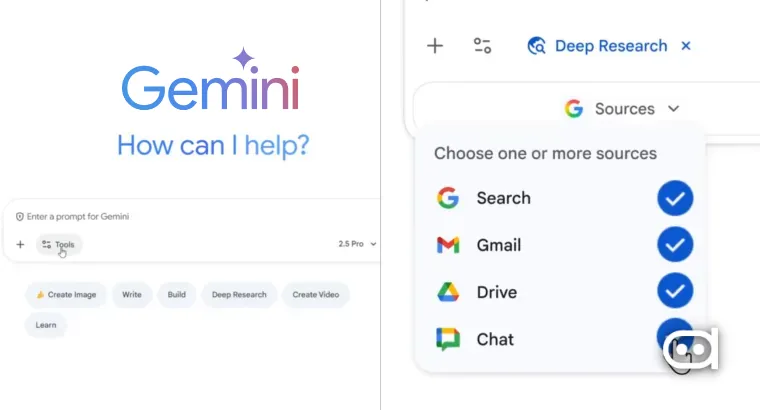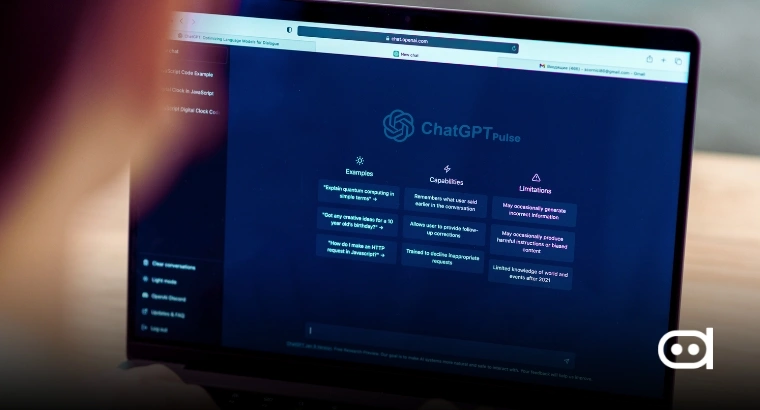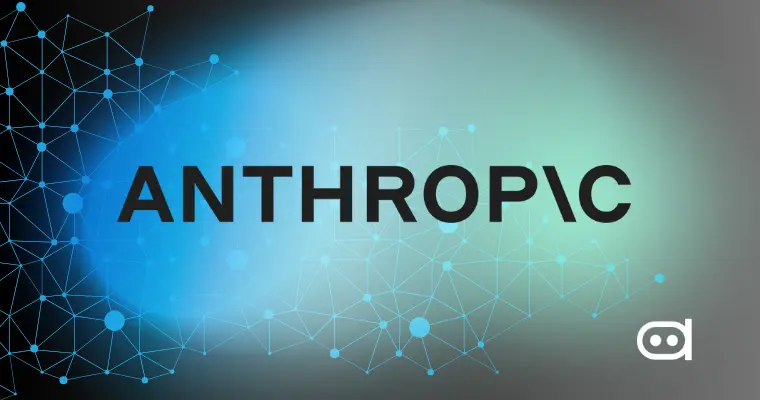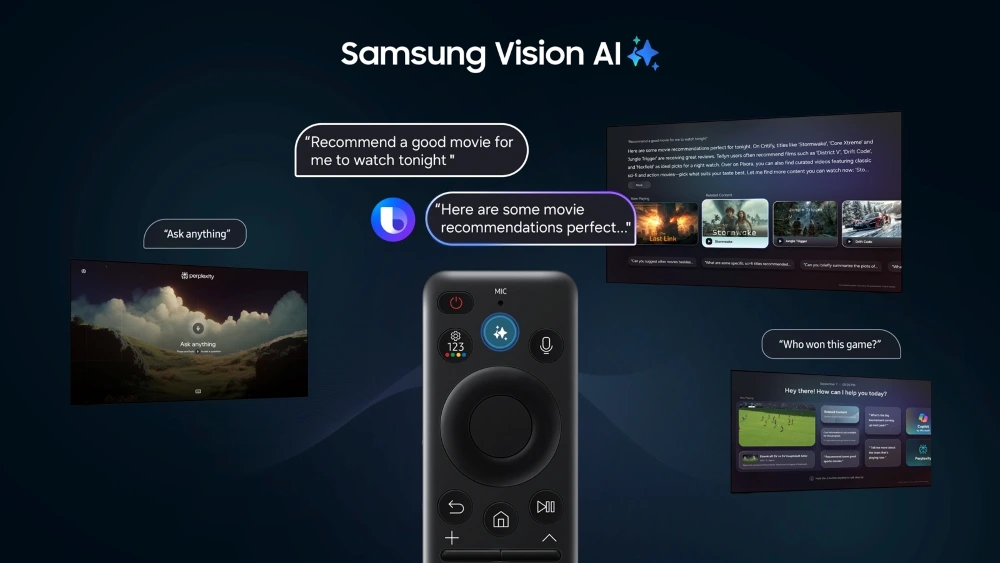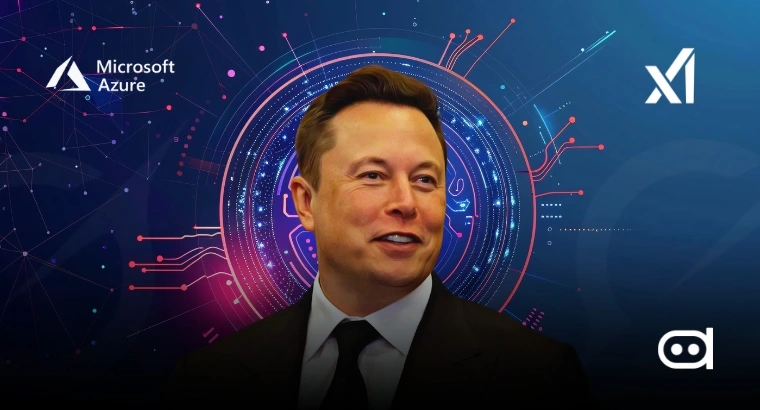
Key Highlights –
- Microsoft collaborates with xAI to bring Grok 4, Elon Musk’s most advanced AI model, to the Azure AI Foundry platform.
- Grok 4 features a 128K-token context window, first-principles reasoning “think mode,” and real-time web search capabilities.
- Four Grok variants are now available, including Grok 4, Fast Reasoning, Fast Non-Reasoning, and Code Fast 1.
- Partnership marks Microsoft’s continued expansion beyond OpenAI dependency, following recent Anthropic integration.
Microsoft announced a partnership with Elon Musk’s xAI to bring the Grok 4 lineage of AI models into Azure AI Foundry. This partnership is the latest in a series of moves by Microsoft to strengthen AI offerings, beyond the much-quoted OpenAI partnership, thereby giving enterprises access to one of the most advanced currently available reasoning models.
Thanks Satya! https://t.co/fDMghJX5p6
— Elon Musk (@elonmusk) September 30, 2025
Highly Advanced Capabilities of Grok 4
Grok 4 was trained on Colossus, with xAI’s supercomputer being used as the compute infrastructure, which it claims represents a 10-fold leap in training scale from Grok 3. It focuses on reinforcement learning and multi-agent systems more than on reasoning ability, as opposed to classical methods of pre-training.
The more striking element is the presence of something called “think mode,” wherein Grok 4 engages in first-principles reasoning. Instead of just retrieving facts that are relevant to the query, the system performs internal decomposition of the problem by traveling step by step before applying the logic to generate a response. The mode has shown great promise in competition-level mathematics and science problems that require delicate finesse and precision in reasoning, as for such tasks, other models typically fall short.
With this 128K token-sized context window, Grok4 theoretically ingests immensely long texts in a single session. The 128K token window allows Grok4 to ingest literally hundreds of pages of documents, entire code repositories, or very long research papers without any truncation or loss of text. On the enterprise side, it means Grok can do a thorough analysis of any documents, cross-reference multiple sources, and comprehend large legacy codebases without human intervention to split the sources.
Additionally, Grok4’s real-time web search capability serves as a data-aware research assistant that extends beyond the retrieval of information provided during training. Hence, one may request a recap of recent events, market trends, or breaking news, with all sources cited.
You may also like to read – Microsoft Introduces Agent Mode and Office Agent for Microsoft 365 Copilot
Comprehensive Model Family
Azure AI Foundry introduces the four-model Grok family, each designed for a specific use case. Grok 4 Fast Reasoning is for logical inference and complex decision-making for analytical applications. Grok 4 Fast Non-Reasoning for performance and speed with simple tasks such as summarization or classification. Grok Code Fast 1 focuses on generating and debugging code in multiple programming languages.
A course of internal assessment of Azure AI Foundry benchmarking services applies Grok 4 to competing frontier models and finds it to have high performance in high-complexity tasks, STEM subjects, and industry applications. The model stands out in tasks that require sustained reasoning, where logical consistency is necessary across extended problem-solving sequences.
Azure AI Content Safety is by default enabled for all Grok deployments, adding layers of enterprise-grade protective features. Together, Microsoft and xAI conducted safety and compliance checks and monitoring just about a month before going public, evaluating the model from a responsible AI standpoint.
Pricing-wise, Grok 4 then costs $5.50 per million input tokens and $27.50 per million output tokens on Azure Global Standard Deployment, inclusive of Azure AI Content Safety.
The partnership marks Microsoft’s acceptance that AI model capabilities grow increasingly diversified, with different architectures and training approaches bringing forth different strengths for varied applications. Rather than putting all its eggs in one AI basket, Microsoft is keen to position Azure as the place where enterprises access and compare multiple frontier models to find optimal solutions for their specific requirements.

